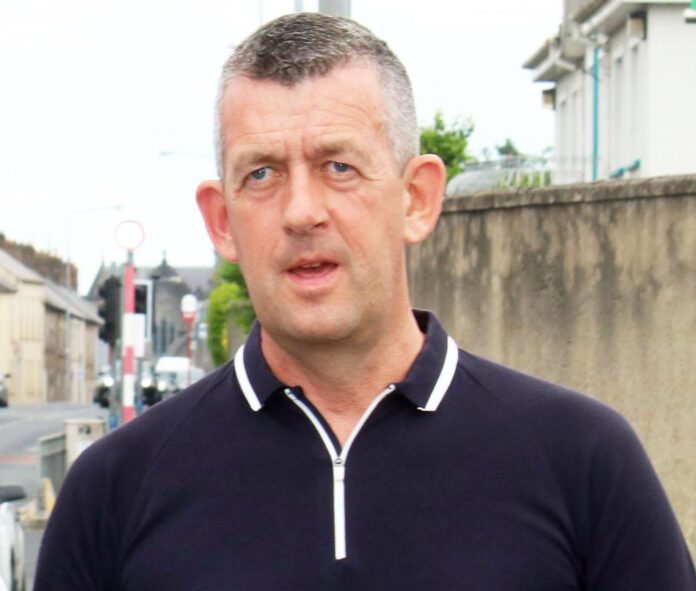
AN INVESTIGATION has been called for as the number of referrals to the Child and Adolescent Mental Health Service (CAMHS) accepted for treatment in the Limerick area has fallen dramatically in the last two years.
According to figures released to Sinn Féin, 76 per cent of all referrals to CAMHS in 2020 were accepted in the Limerick, Clare and North Tipperary.
To date, this figure has since fallen to 65 per cent.
Limerick Sinn Féin TD Maurice Quinlivan believes the figures show the startling number of referrals received from the HSE for the area and the number of children who are referred to CAMHS but are denied treatment.
He also maintains that there appears to be an element of “postcode treatment” in the provision of CAMHS services.
“In the area which includes Donegal, Sligo, Leitrim, Cavan and Monaghan 73 per cent of all referrals were accepted. However, in the Limerick, Clare and North Tipperary area only 65 per cent of children referred were accepted for treatment.
In 2022, this area had 849 children referred for treatment and only 555 were subsequently referred.
“Treatment should be based on need, not on location. Children are not simply referred to CAMHS without very good reason,” Deputy Quinlivan stated.
“It is clear we have a mental health crisis in our city. The latest available figures released by the CSO show that in 2019, Limerick had the highest suicide rate in the country per 100,000 people.
“In 2019 average suicide rate was 8.5 per 100,00 across the state but in Limerick City it was double that at 16.7,” he added.
Deputy Quinlivan wants the HSE and the Government to investigate why there is an increase in children being refused treatment and why different areas are performing better than others.
“The very first operational guideline for CAMHS states it aims to ‘provide consistency in the service delivery of CAMHS throughout the country’.
“This is obviously not happening, and these operational guidelines also need to be reviewed.
“Even when a child is accepted for treatment, they will join the over 4,000 children waiting for an appointment with CAMHS.”
In response, the HSE said that all referrals to CAMHS are prioritised according to the acuity of the presentation outlined in the referral and any other collateral information provided.
“While a child may be wait listed and assigned a level of priority based on those criteria, subsequent referrals or children and young people already on the waiting list, may be deemed more urgent and so will usually be offered an appointment sooner than others on the basis of this prioritisation.”








